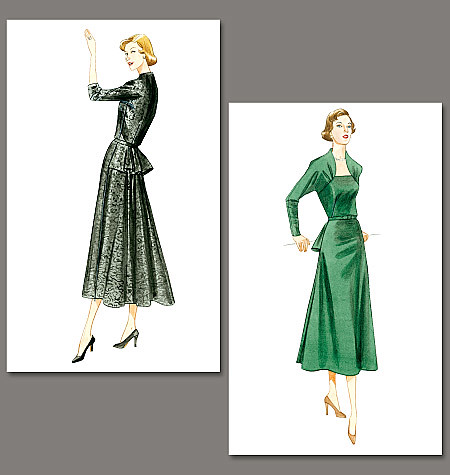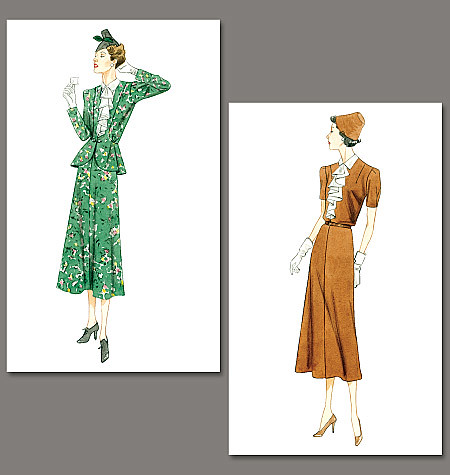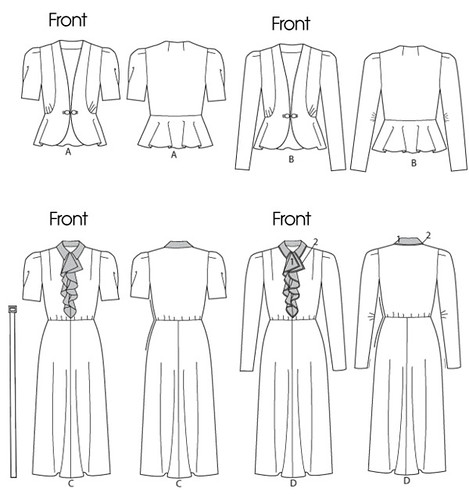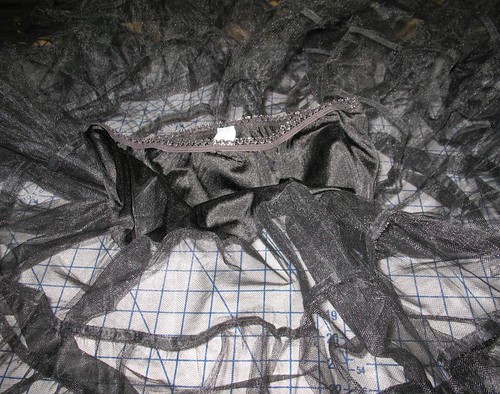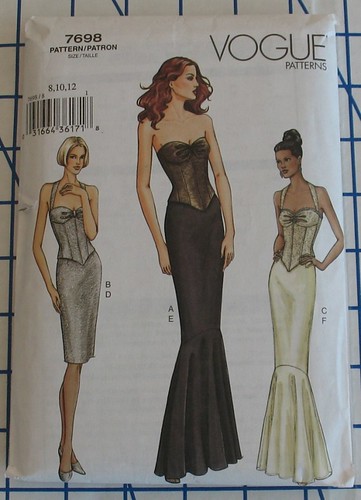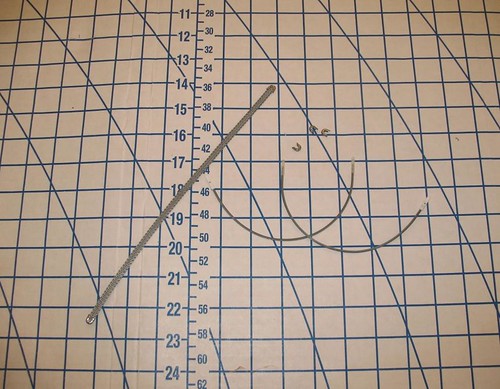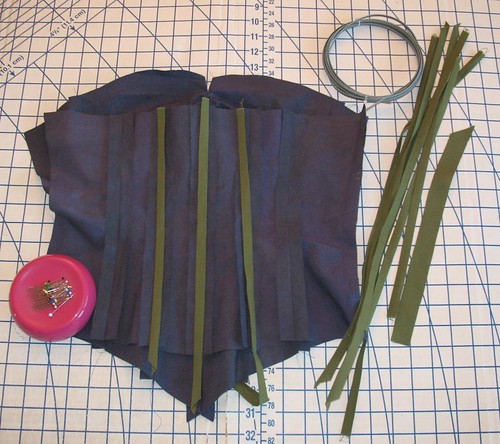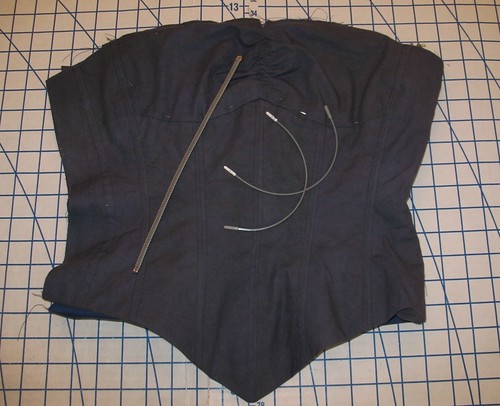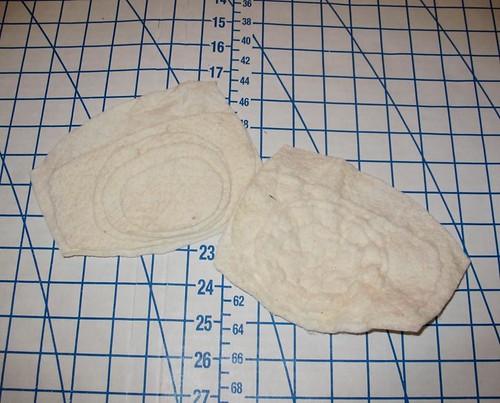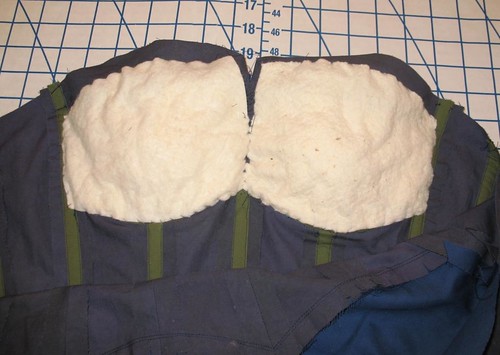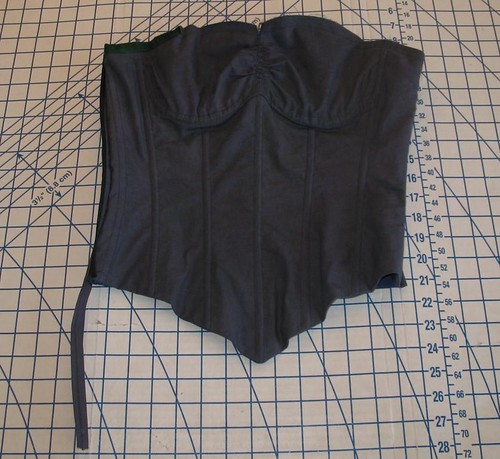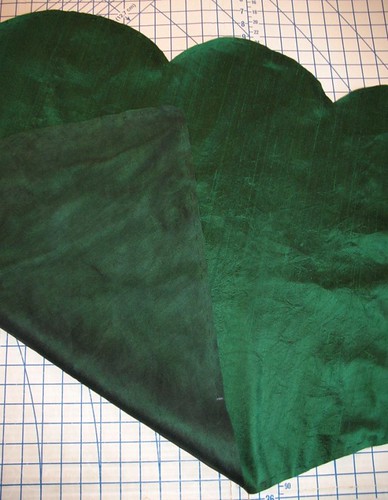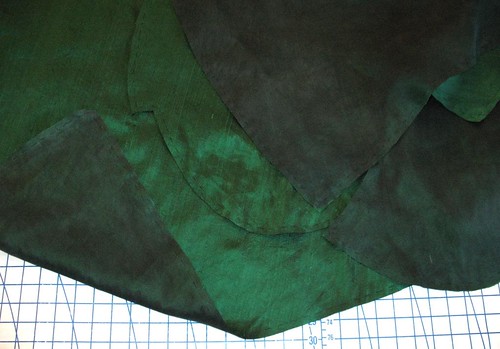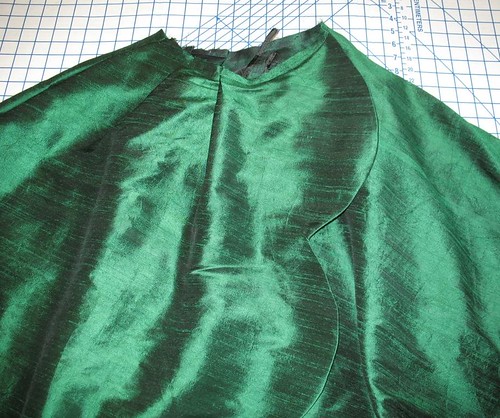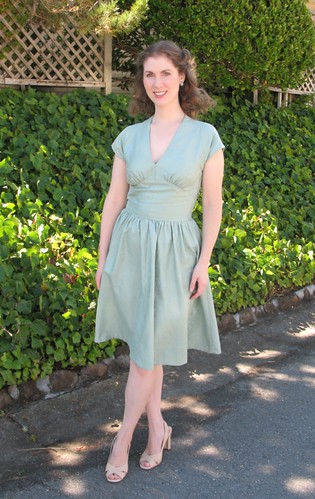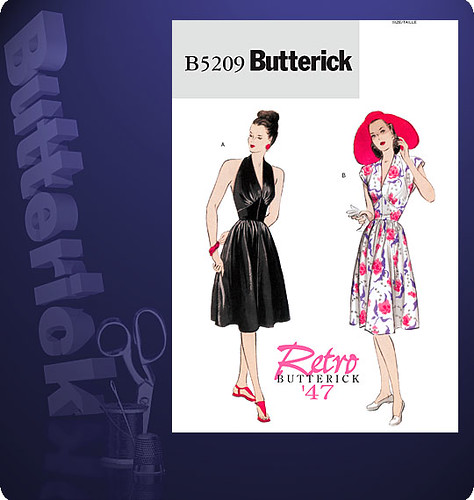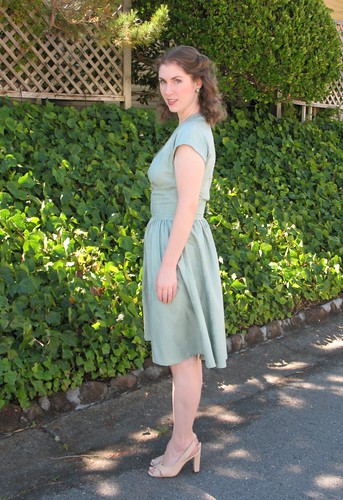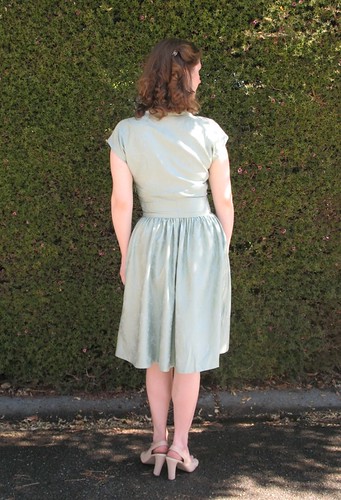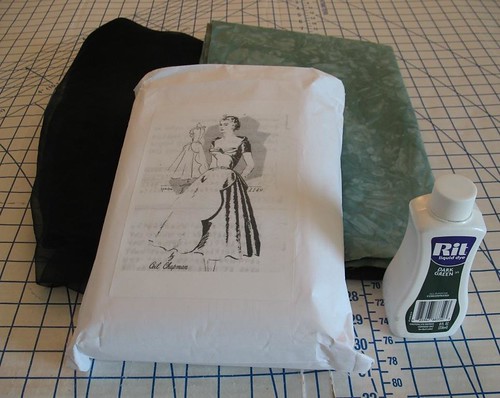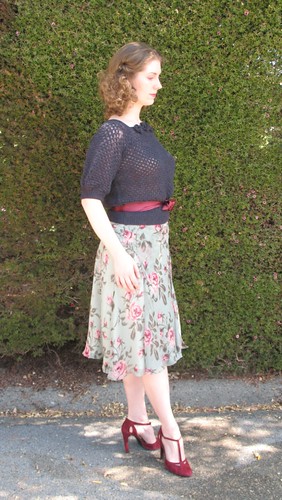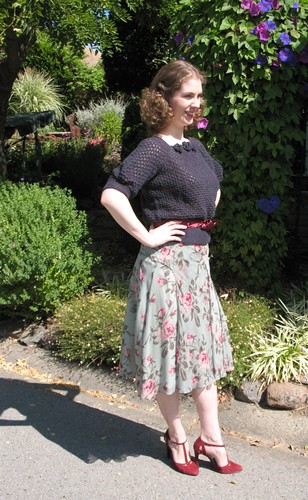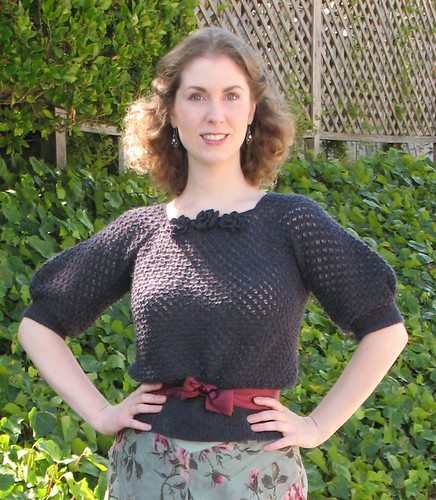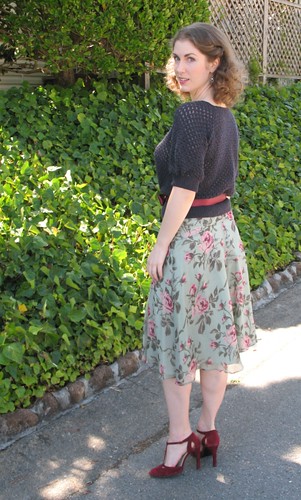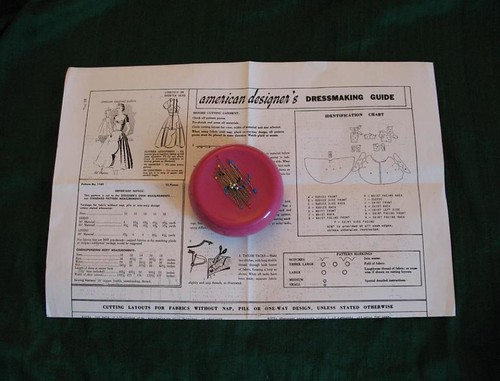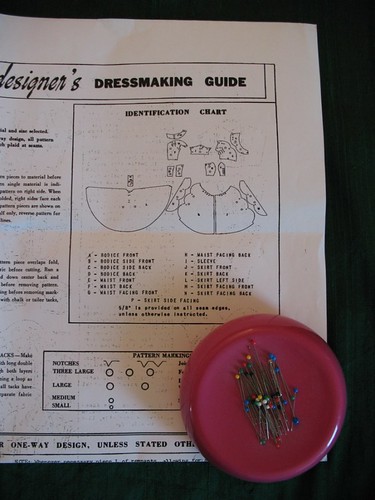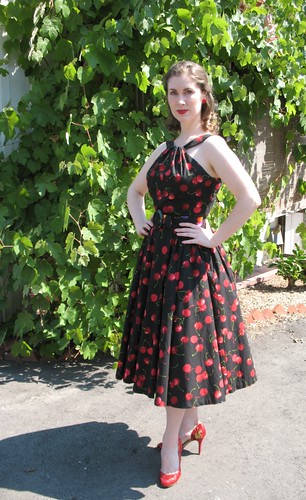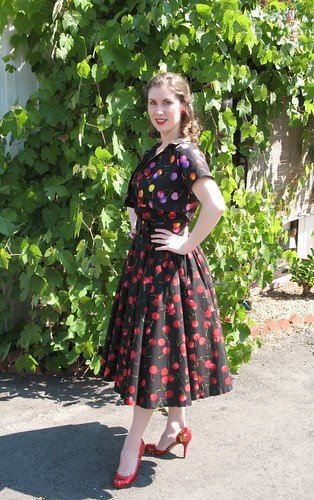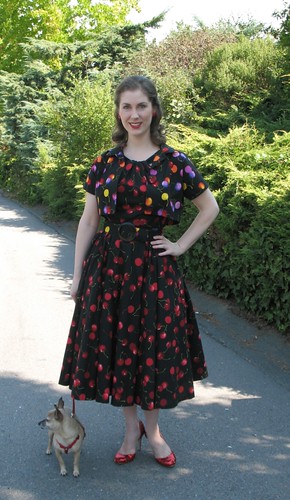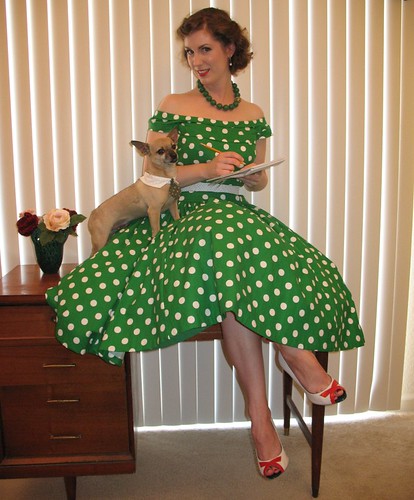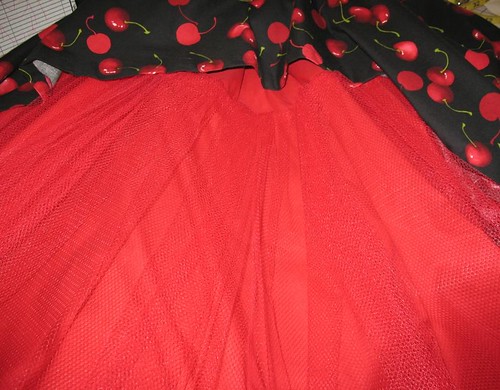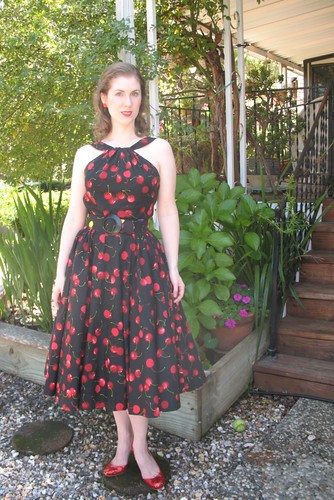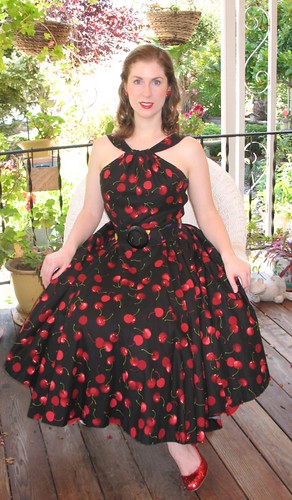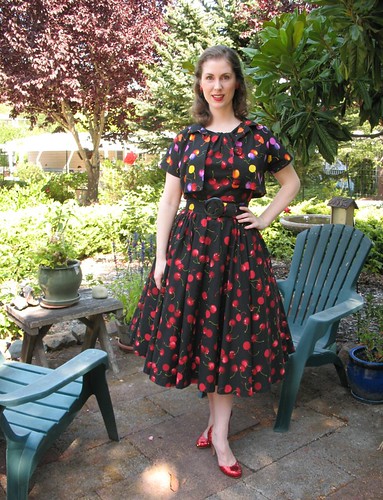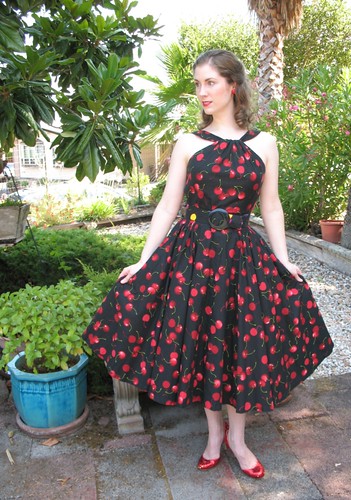The majority of the clothing I have made would qualify as
“special occasion” attire. These are the
patterns I am drawn to – I simply cannot resist a fabulous dress. If it was acceptable to flounce around in a
hoop skirt all day, I would! And most days, I
am what the average person would consider overdressed.
Then again, overdressed these days is basically anything other than a
pair of jeans and a t-shirt, and by that definition, I do not mind if my habiliment is
considered a bit extravagant.
I have recently come to the conclusion that saving these special
garments for a special occasion is silly. If wearing a great dress will improve my mood, why not wear one every
day?
Case in point - until yesterday, this dress had only been worn twice since I
completed it in September of 2007. It
was worn to a wedding, and for the opening night party of Idiots Delight in which I was cast as Mrs. Cherry.
I simply could not resist this cherry printed cotton that I
found at Joann Fabrics – I have never met a cherry print that I did not like,
and Mrs. Cherry was not going to leave the store without it. I could not decide between the red or
multi-color, so I purchased both, and used the multi for the jacket and belt to
add a bit of contrast to the outfit.
For the past year, my cherry confection has been decorating a wall in my sewing room, along with my green polka dot frock.
This dress has its own petticoat ruffle
attached to the skirt lining.
I love the
idea, but after using this technique on these two dresses, my closet was threatening
to go on strike.
Realizing that the netted crinoline construction used in
this pattern (fabulous though it may be) was creating serious space issues, I
used the skirt pattern to make myself a separate petticoat which I now use
under my other full-skirted dresses.
What makes this skirt so special, you may ask. Instead of gathering all the way around the
waist, the gathers are pushed to the sides, leaving the center front and back
flat, which creates a more flattering line.
The gathered netting gets sewn below the hip to accommodate the zipper making the
poof start at the hip-line.
I decided to make the belt wider than suggested because I
felt like a skinny one would get lost in the large pattern. Because I could not find any belting as wide
as I wanted, I used two layers of thick interfacing and sewed vertical pieces
of plastic boning at the back and side waist of the belt to keep it from
rolling.
I had to fuss a bit with the front neckline. The construction went together beautifully,
but the upper bodice would not stay centered or gathered as shown in the
illustration.
To remedy this, I simply
tacked the underside of the casing to the straps invisibly where I wanted it to
sit. This is an extremely easy fix and
something that makes the dress much easier to wear because it eliminates the
need to keep adjusting the neckline.
My only real complaint, if I had to come up with one, is
that the matching jacket is unlined, and the finishing technique leave
something to be desired. There are many ways to fix this, and it is labeled "easy," so I
suppose Butterick did not want to add difficulty to the pattern. However, because the dress is fully lined and
finished off beautifully, the jacket construction just seems like too much of an
afterthought.
I decided to forego the buttonholes because I knew I wanted
to wear the jacket open and I wanted to use over-sized buttons. I thought that large buttonholes would detract
from the overall look.
Ribbon hangers were added to the dress so the weight of the
skirt does not stretch the straps – not only does she take up quite a bit of
space, those nine yards of fabric are quite heavy!
This dress is quite easy to put together, but the pattern
lines create a very memorable dress with a great neckline. Do be aware that a special bra may be
required because of that lovely neckline and the low back - a regular strapless
may not work in this case.
So, no more excuses, go pull one of your neglected frocks
out of the closet and take her for a jaunt – you will not believe how it will
improve your mood, not to mention all the compliments you will get!
Earrings: Vintage
Shoes: Nine West
“Vishnu” in Red
Necklace: Banana Republic
Shoes: Seychelles "Babydoll"
